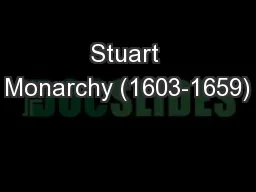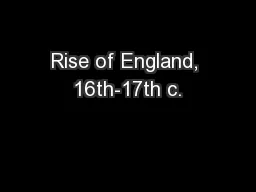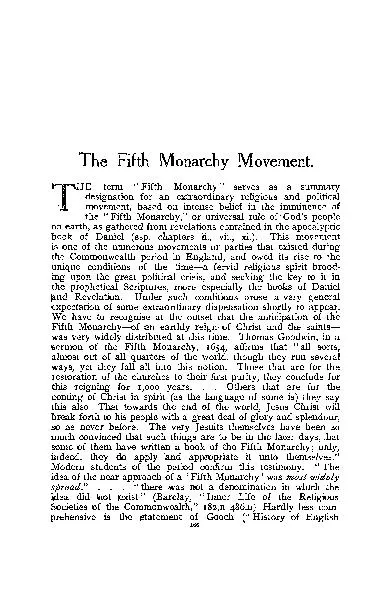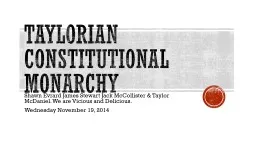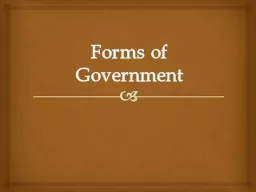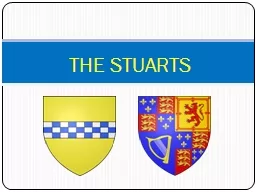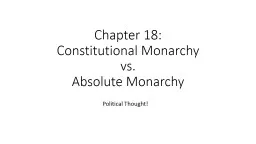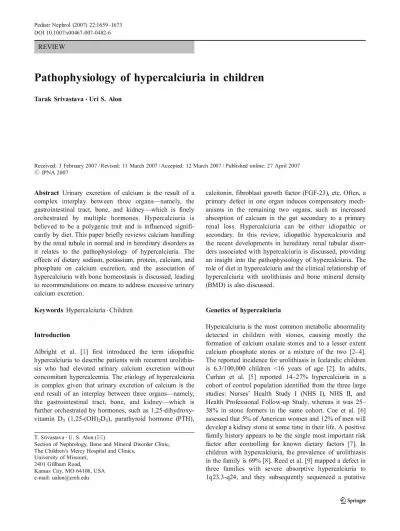PPT-Stuart Monarchy (1603-1659)
Author : kittie-lecroy | Published Date : 2018-10-31
James Stuart 16031625 James VI of Scotland son of Mary Queen of Scots succeeded Elizabeth who died without an heir at the age of 37 and he had served as King of
Presentation Embed Code
Download Presentation
Download Presentation The PPT/PDF document "Stuart Monarchy (1603-1659)" is the property of its rightful owner. Permission is granted to download and print the materials on this website for personal, non-commercial use only, and to display it on your personal computer provided you do not modify the materials and that you retain all copyright notices contained in the materials. By downloading content from our website, you accept the terms of this agreement.
Stuart Monarchy (1603-1659): Transcript
Download Rules Of Document
"Stuart Monarchy (1603-1659)"The content belongs to its owner. You may download and print it for personal use, without modification, and keep all copyright notices. By downloading, you agree to these terms.
Related Documents

